A day after seeing the efforts our ancestors expended keeping the French at bay we found ourselves at a place whose whole existence is geared towards entirely the opposite goal. Dover. Surely one of the most depressing towns ever to greet a weary traveller (although I’m pretty sure Calais runs it a close second) yet also the access point for one of this countries most famous landmarks. Through the centuries the White Cliffs have seen despair, sorrow and war and today stand testament to Britain’s resilience and will to carry on. The contrast between their instantly recognisable chalk profile and the modern port mere meters away couldn’t be more stark.

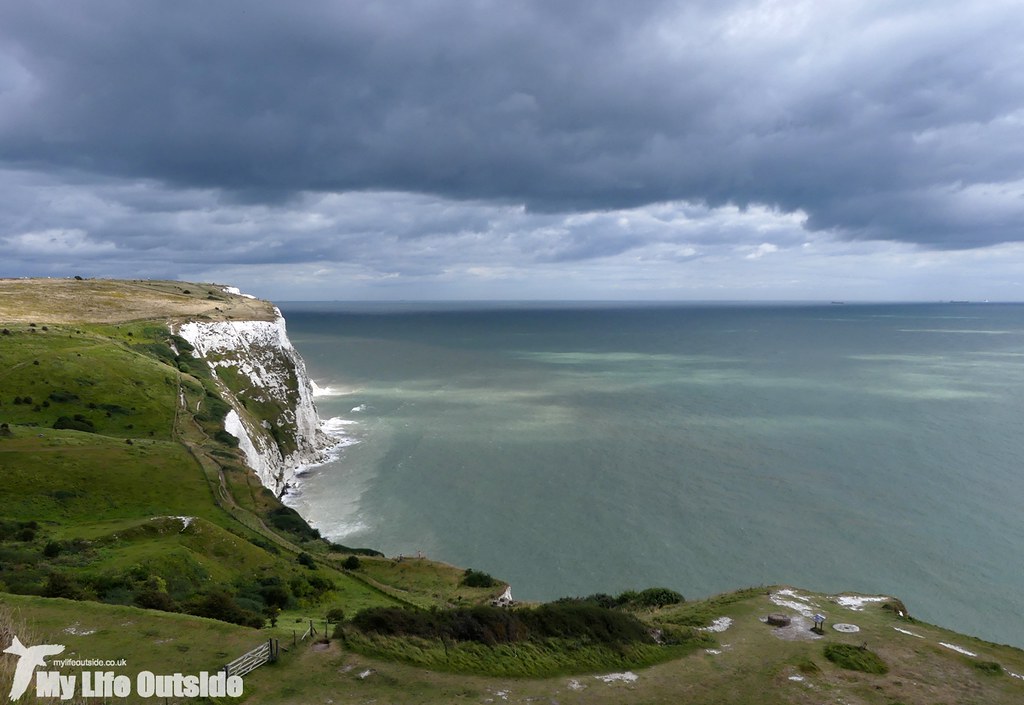
Watching from high above the coming and going ferries and their loads resembled an automated model, efficient, organised and well planned. An illusion shattered when three cross-channel arrivals disembarked simultaneously of course with the inevitable ensuing chaos. We weren’t here to observe and comment on mass transit systems though. Far from it. In a strange twist of circumstances that I could never have foreseen even this time last year, we were here looking for a butterfly. The Adonis Blue to be exact, a speciality species of the chalk rich soils along this stretch of coast and one that I found myself dearly wanting to see. How times change. Our coming fortunes were distinctly unclear as we set off with a strong onshore breeze challenging both hats and butterflies. Find a sheltered spot though and they were soon present in abundance, butterflies that is not hats, including a superb Wall Brown which escaped my camera and several Small and Large White’s.
Bird numbers were also looking good with a slight passage of Manx Shearwaters far off in the channel plus a couple of nearer Fulmars and Gannets. If we’d been here the day before when wind speeds were far greater then pickings could have been even better judging by the reports I’d been reading that morning. Not to worry as Manxies are never to be sniffed at and represented a new life tick for at least one of our group. As on Saturday a Green Woodpecker chose to torment us from various distant vantage points but our most pleasing find were the Yellowhammers. Several individuals were present along our route including a stunningly vibrant male which positively shone despite being a couple of hundred meters away. We did manage a much closer encounter however thanks to a pair of birds which were nesting in a bush right next to the footpath. In an area popular with tourists they must find themselves being continually disturbed but seemed to be making it work and in doing so offered a fantastic opportunity to show how closely wildlife and man can live side by side.
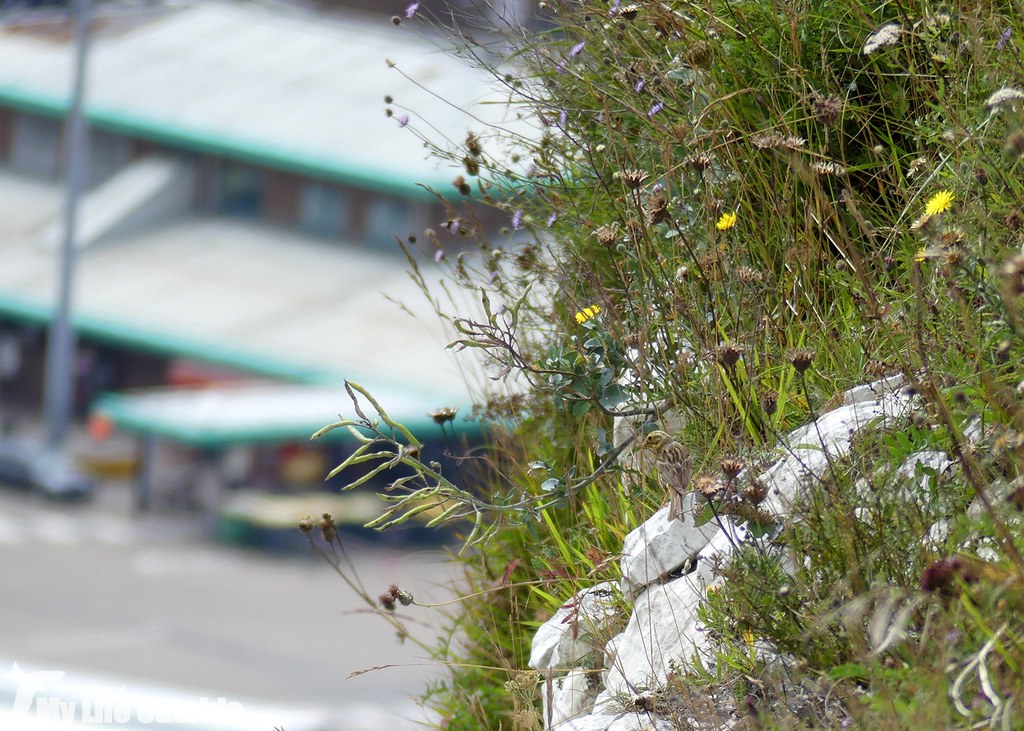
All very well I hear you shout, but what of the butterflies? Well let me tell you. As conditions improved we found ourselves facing an ever burgeoning number of Blues on the wing, most Common Blue but in amongst them double digit numbers of Chalk-hill Blue as well. This was a triumph in itself as the latter was a brand new species to both Emma and I and we liked it immediately. Easy to identify, attractive and willing to pose for a photograph or two, exactly what you want from a butterfly. Those Adonis Blue’s on the other hand were proving far more elusive. We had seen none by the time we made it to our final opportunity of the day, a conservation meadow just beyond South Foreland lighthouse. There Blue numbers reached epic proportions and I adopted the approach of photographing every one seen to try and pick out an Adonis once back at home. The results? Far from conclusive I’m afraid with my hopes pinned on a possible female that may or may not have just enough blue beneath its orange and black markings to pick it out from Chalk-hill Blue. Answers on a postcard please.
Whatever the outcome we had a great time hunting and probably confused a few passing walkers who must have wondered what on earth we were up to. For me though prize find has to be the Wasp Spider we discovered, another new species to us all. These are apparently a recent arrival from mainland Europe and have slowly been spreading across the South of England. The reason for their naming should be obvious and with a size roughly similar to a two pence piece they are certainly hard to miss.
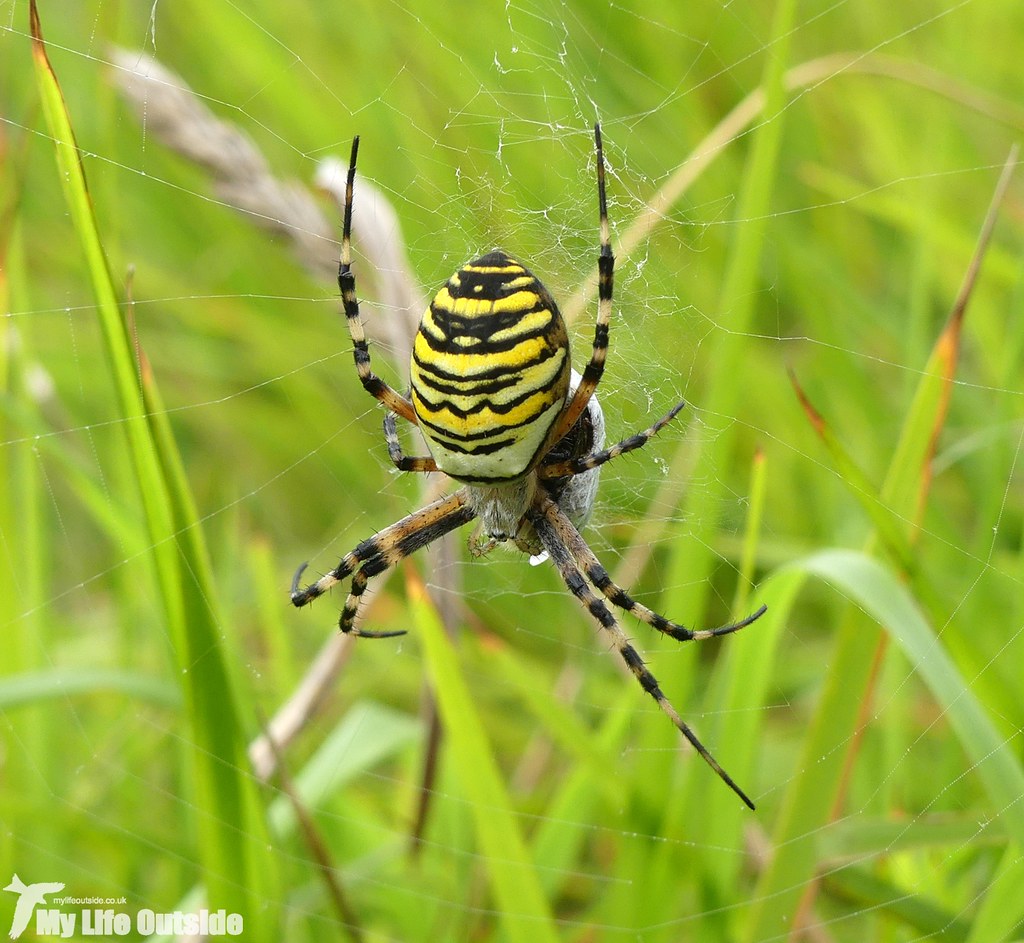
So we may not have clinched a definitive Adonis Blue but the day’s other finds and our stunning surroundings were more than adequate compensation. Round two for next summer is already pencilled into my calendar.
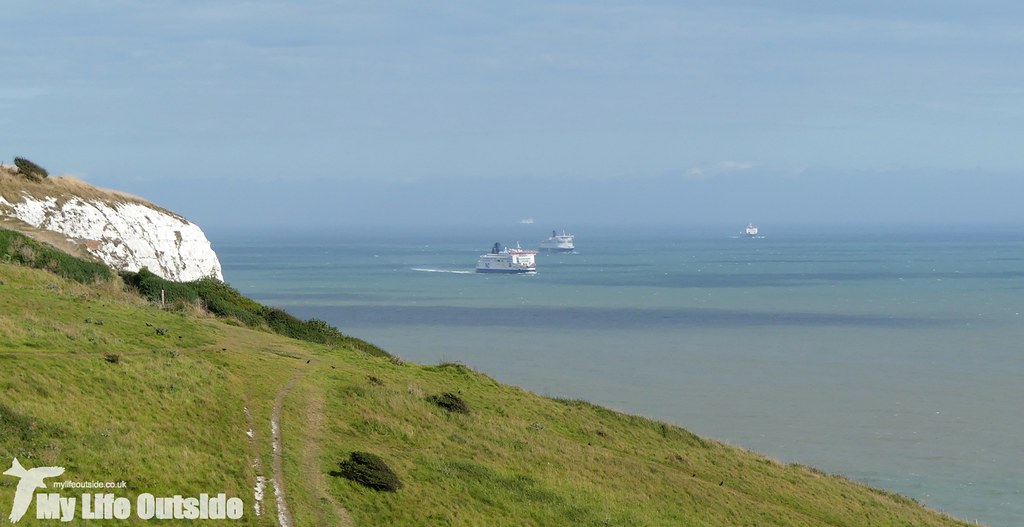
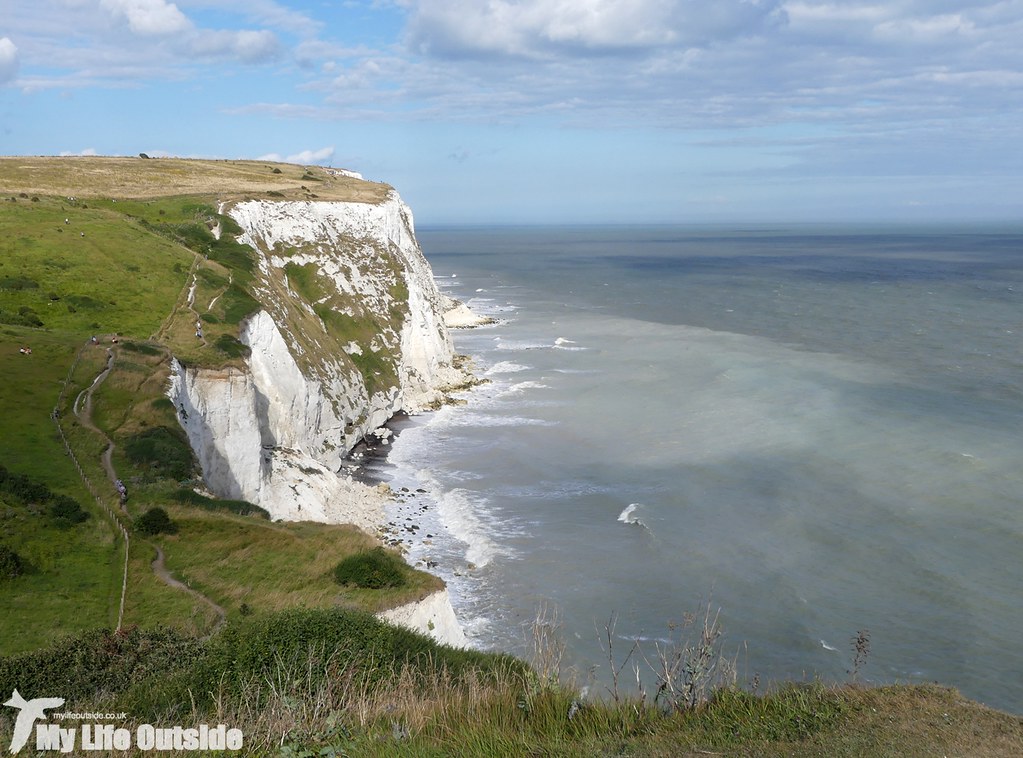
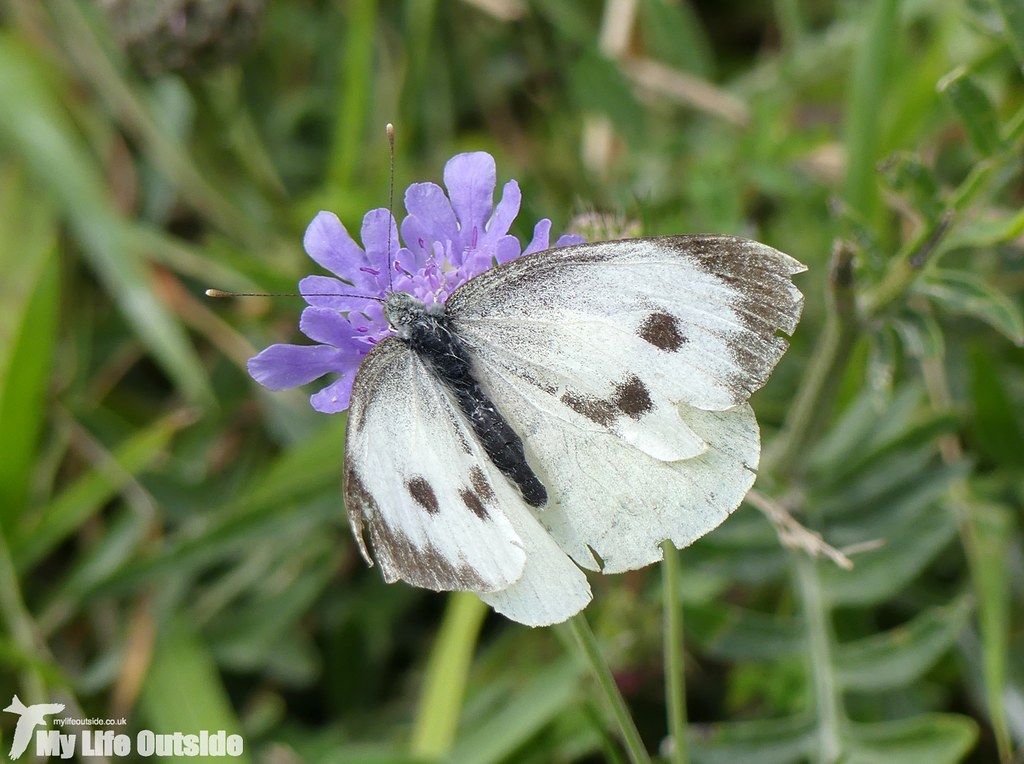


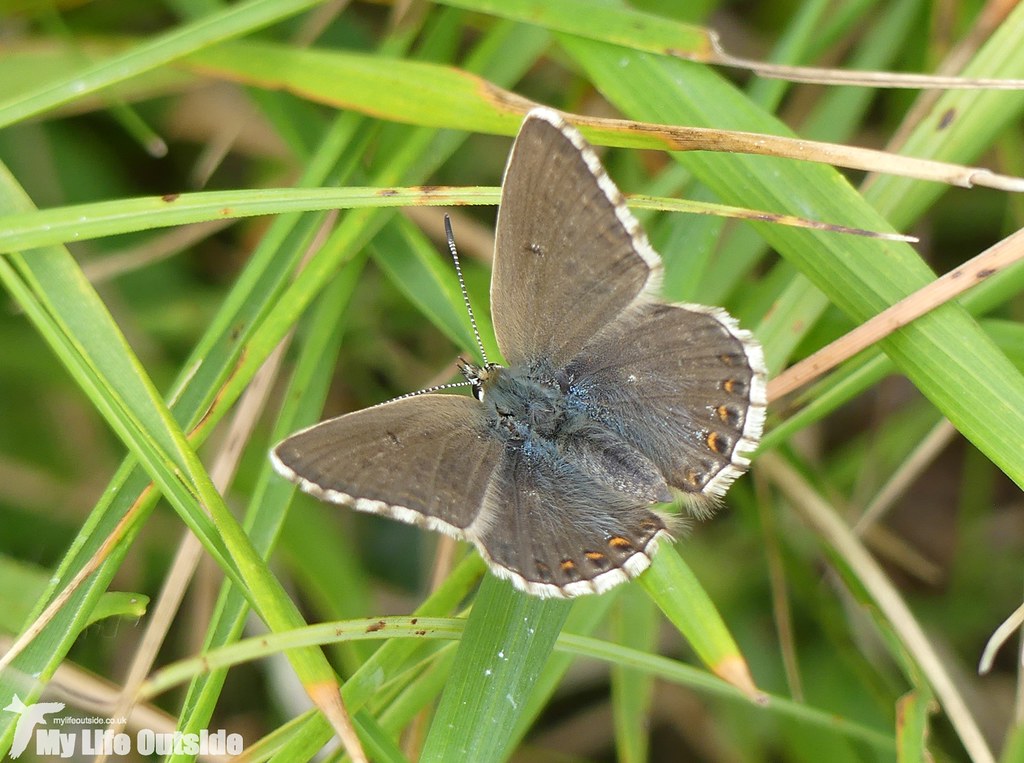
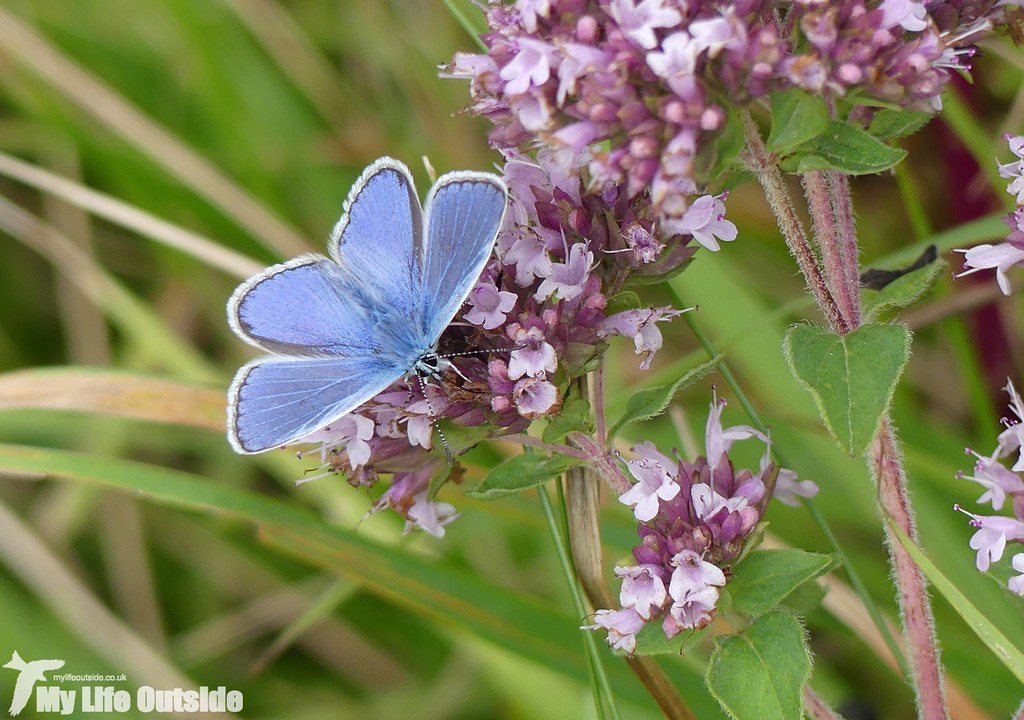
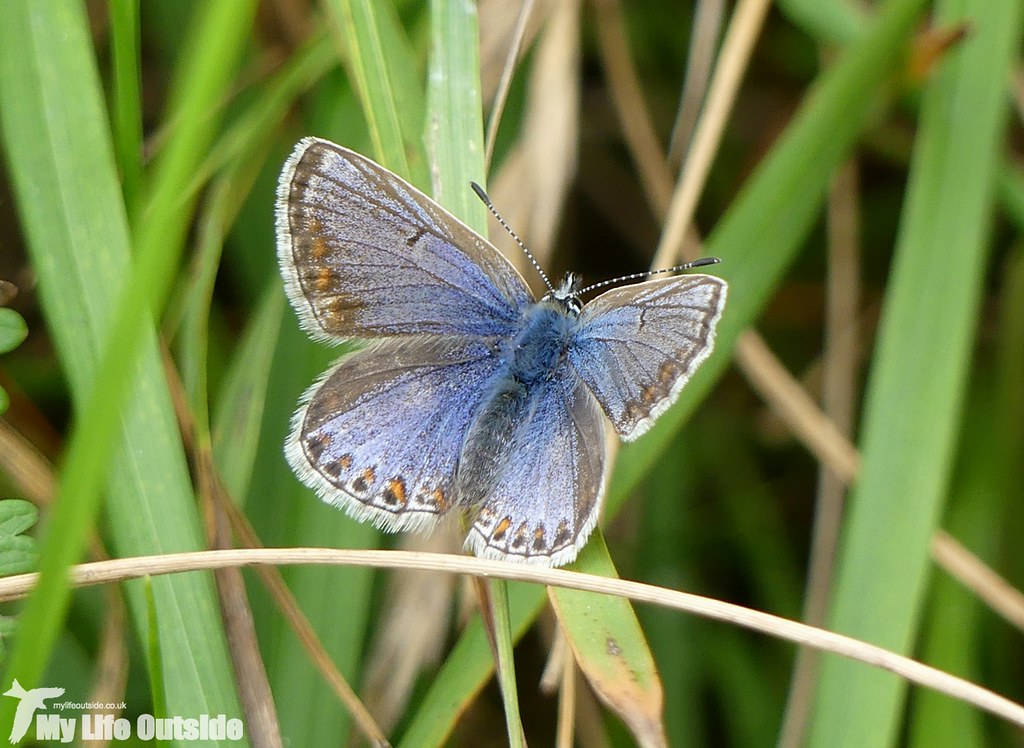
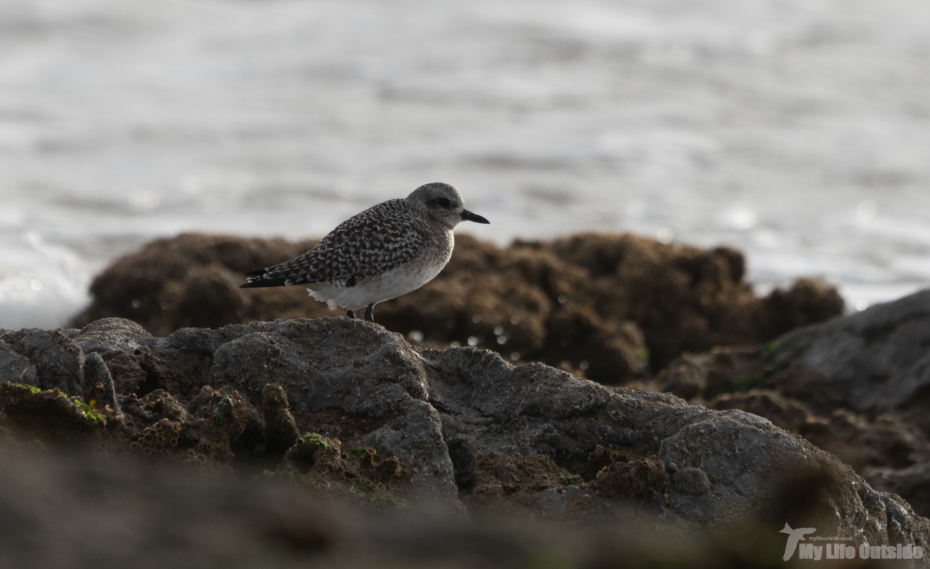
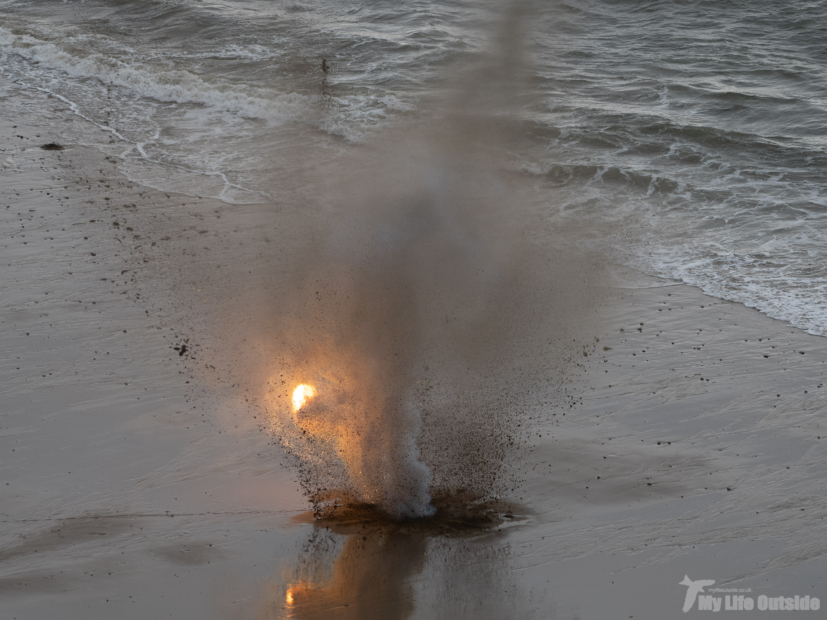
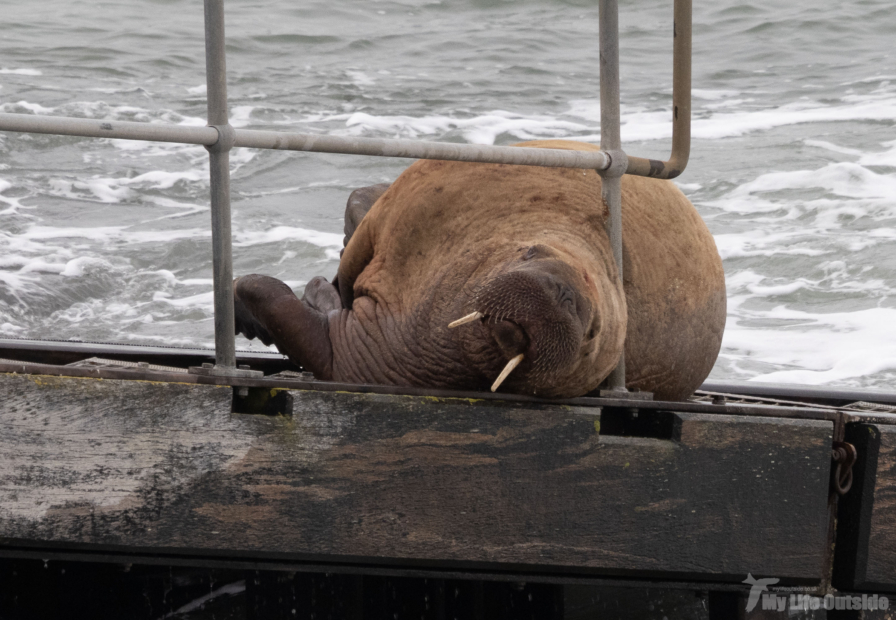
2 Comments
Caroline Gill · September 2, 2016 at 11:21 pm
Thank you, Adam, for your kind comment. It has jogged my memory that years ago we did see a Kingfisher flying past (or just possibly perching for a moment on) a wooden sign in the water at WWT Llanelli that ironically read, 'Dim pysgota'! WHAT stunning Blue Butterflies. I would love to see an Adonis. Do you know this Robert Frost poem, I wonder (wrong season, but never mind)?
Unknown · September 6, 2016 at 11:25 pm
Beautiful photos! Might the last Blue be a female Common? The black lines don't seem to intersect the white fringes which they usually do on Adonis Blues.